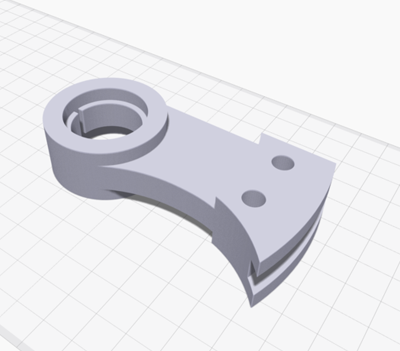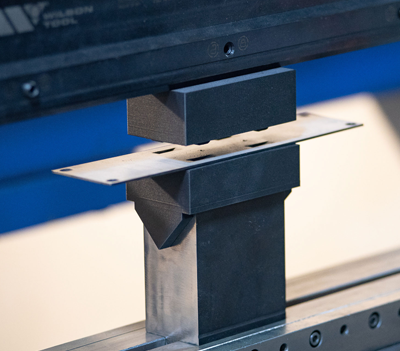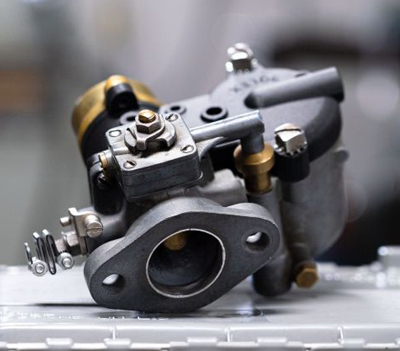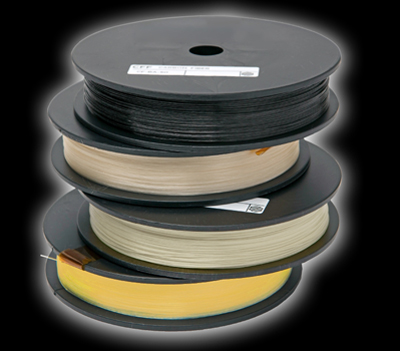What is CFR 3D printing?
Continuous Fiber Reinforcement (CFR) is an advanced 3D printing technique that allows for the production of composite 3D printed parts by selectively applying continuous fibers to areas of a component subject to high stress. CFR 3D printed parts can rival the strength of aluminum at a fraction of the cost and weight.


The plastic material used as the matrix is based on nylon, to which short-cut carbon fibers are added for greater rigidity and strength. This material is Onyx, and it has excellent wear, heat, and chemical resistance. Onyx parts are also resistant to UV light.
The placement of the continuous fibers in a 3D-printed CFRP part is crucial. Only areas subject to high stress or those that require particular rigidity should be reinforced. This not only saves costs but also shortens production time and fully utilizes the properties of the base material, Onyx.
CFR 3D printing materials
Our CFR 3D printing materials offer excellent strength, stiffness, and durability while maintaining high dimensional accuracy. The base material for CFR parts is called Onyx, a blend of carbon fiber and nylon that can be further reinforced with continuous fibers such as glass fiber. Use these materials for demanding engineering applications, devices, and end-use parts.
The different fibers:

Advantages of CFR 3D printing
The main advantage of CFRP components is the exceptional strength, durability, and overall material properties the material offers. However, producing strong parts with low weight is just one advantage.
Thanks to the advanced print head, which uses a hardened steel nozzle, the surface quality of Onyx parts is outstanding. Compared to standard FDM printing, layer lines are virtually invisible and have a consistent, matte black finish that looks professional and sophisticated.

As with other additive manufacturing processes, complex geometries can be easily 3D printed, and the dimensional accuracy that can be achieved with this process is, in our experience, superior to both standard FDM printing and SLA printing.
Points to consider.
Where is the burden?
CFR 3D printing works by selectively reinforcing key areas of a part. Knowing which areas need reinforcement is crucial.
orientation
When considering a part for CFR printing, it's important to know what orientation it will be printed in. CFR parts are anisotropic and require support at overhangs.
FDM vs CFR
If it is a prototype part that does not require high strength, it is usually better to opt for cheaper FDM printing to save money.
Disadvantages of CFR 3D printing
The CFR process is complex, and the materials used are more expensive than FDM or SLS materials. SLA materials are roughly the same price, but because CFR parts are generally larger, they are often more expensive than some users expect.
As with FDM 3D printing, overhangs must be supported for successful printing. CFR printing doesn't have dissolvable supports available, so onyx supports are used. However, these can usually be easily removed from the part.
Parts printed from CFR materials generally perform very well. However, keep in mind that the internal volume of a particular part is not solid, but consists of a lattice structure. Specific infills can be created by specifying how solid the interior should be. By default, a 34%ige infill is used.
Design for the 3D printing process of composite materials
The design for the CFR process is very similar to the design for the FDM printing process. The key ideas revolve around reducing the number of overhangs and providing a flat surface somewhere in the design that can be used as a stable base.

We recommend removing sharp edges from your parts, as these can promote the formation of stress concentrations that weaken your final 3D print. For more detailed advice, see our Composite Design Guide.
Some design rules for CFR 3D printing:
Minimum component size

X: 1.6 mm Y: 1.6 mm Z: 0.8 mm
Minimal unsupported overhang

45°
Minimum bore diameter

Z: 1.0 mm XY: 1.5 mm
Minimum post diameters

XY: 1.6 mm Z: 2.0 mm
Minimum width for fiber installation

Bridge W: 3.6 mm Loop W: 2.8 mm
Minimum height for fiber installation

Glass fiber, HSHT, Kevlar H: 0.9 mm
Carbon H: 1.125 mm
The history of CFR 3D printing
CFR 3D printing is a relatively new innovation developed by Markforged, a US company founded in 2013. A few years later, in 2015, several leading engineers and executives from Markforged left the company and founded a rival company, Desktop Metal. Desktop Metal offers a 3D printing ecosystem that is similar in many ways to the technology offered by Markforged, and indeed, there has been a lot of bad blood between the two companies, including a number of lengthy legal battles.
Both companies claim that the other stole proprietary information and defamed the other's technology, despite repeated settlements.
Fortunately, the engineers and designers at both companies continue to produce excellent 3D printers. We distribute Markforged products because we believe they have a slight edge in terms of capabilities and quality.
Frequently asked questions about CFR 3D printing
Is CFR suitable for large-scale 3D printing?
Although less scalable than SLS 3D printing, CFR production runs are possible. It really depends on the size and shape of the part.
When should I use CFR 3D printing?
CFR printing should always be considered when a component requires strength and durability that cannot be achieved by other means. Some customers also choose CFR printing for its exceptional surface quality.
How strong is the continuous carbon fiber?
Carbon fiber has a flexural strength of 540 MPa (78.3 ksi), which is higher than the yield strength of 6061 aluminum. Its tensile strength is 800 MPa (116.0 ksi), more than twice that of aluminum. Further information on the material properties of continuous carbon fibers can be found in the datasheet.
Would you like a live demo, have questions or need a quote for a Markforged 3D printer?
Contact us now!
![]() Mark3D GmbH
Mark3D GmbH
Rodenbacher Straße 15
35708 Haiger
Phone: 07361 63396 00
E-mail: markforged@mark3d.de
Global market leaders rely on Markforged 3D printers
To contact us, please fill out our secure form.






